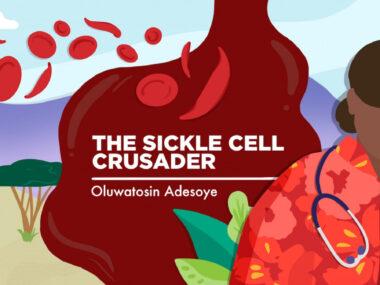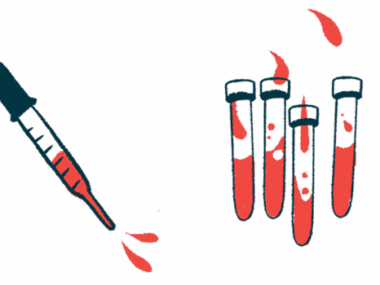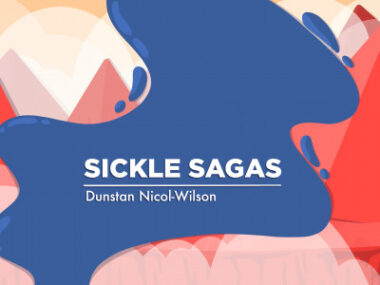Teen with Sickle Cell Disease Takes Class Trip to Europe with Loyola Medicine’s Help
Written by |

Anyah Randolph, a teenager with sickle cell disease (SCD), was recently able to join her school class on a trip to Europe – and even climb the Eiffel Tower in Paris after the elevator broke – thanks to the help of hydroxyurea and Loyola Medicine pediatricians.
Anyah had a difficult childhood, as she was always in the hospital, according to her mother, Lakisia Mobley.
“She was always in the hospital as a baby and a child,” Mobley said in a press release. “Because of her illness, it felt like we were always there.”
Her life began to change after she met Loyola Medicine pediatric hematologist Dr. Natalie Kamberos, who introduced her to a new medication: hydroxyurea, a drug that keeps the blood cells round and flexible.
“Anyah was 15 years old when I met her,” Kamberos said. “She had been struggling with sickle cell all her life. She wasn’t doing as well as I thought she could be so we talked about what we could do to make her life better.”
With hydroxyurea, Anyah has experienced fewer hospitalizations and transfusions and can now lead a more peaceful, happier life.
“For Anyah, this drug was life-changing,” Kamberos added.
Anyah is now a happy teenager, committed to making new memories. The care she received from Loyola Medicine’s pediatricians was decisive for her to be able to take this step and travel far from her caretakers and her family.
“Anyah’s doing wonderfully,” her mother said. “She’s having fewer days out of school. She’s working. She even went out of the country for 10 days. She would never have been able to go without this new treatment.”
SCD is a red blood cell disorder that causes cells to take an abnormal shape. Normally, red blood cells should move freely through the body to deliver oxygen, but in SCD, the cells are crescent or sickle-shaped and can stick to vessel walls, causing blockages and stopping blood flow.
Hydroxyurea was approved by the U.S. Food and Drug Administration (FDA) for adult patients with sickle cell anemia (SCA) in 1998. Researchers have been investigating its use in young children, and have found that pediatric use is widespread and increasing.
Although the drug’s precise mechanism of action is not fully known, its effectiveness is attributed to its ability to boost levels of fetal hemoglobin, which reduces the concentration of HbS, the abnormal hemoglobin that causes sickle cell disease.
Hydroxyurea is currently recommended for children with SCD or SCA. Sold under the brand names Hydrea or Droxia by Bristol-Myers Squibb, the treatment has been associated with positive results in toddlers and young children.





